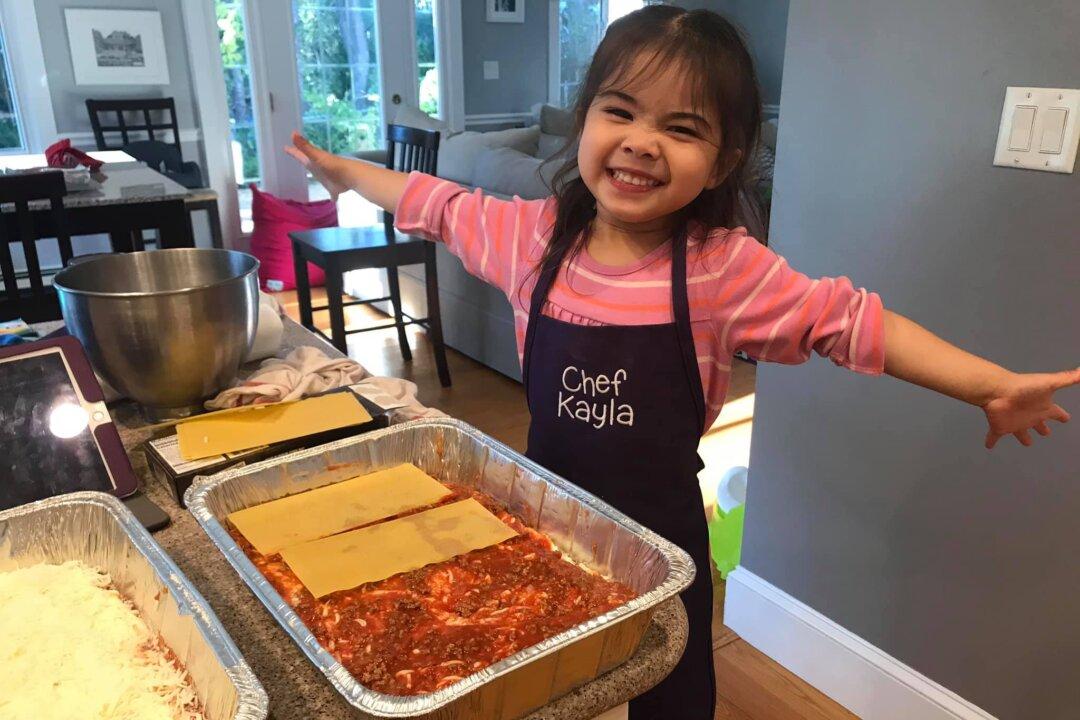There’s no problem that a pan of lasagna can’t solve.
While that statement isn’t really true, Rhiannon Menn believes it can at least help.

There’s no problem that a pan of lasagna can’t solve.
While that statement isn’t really true, Rhiannon Menn believes it can at least help.